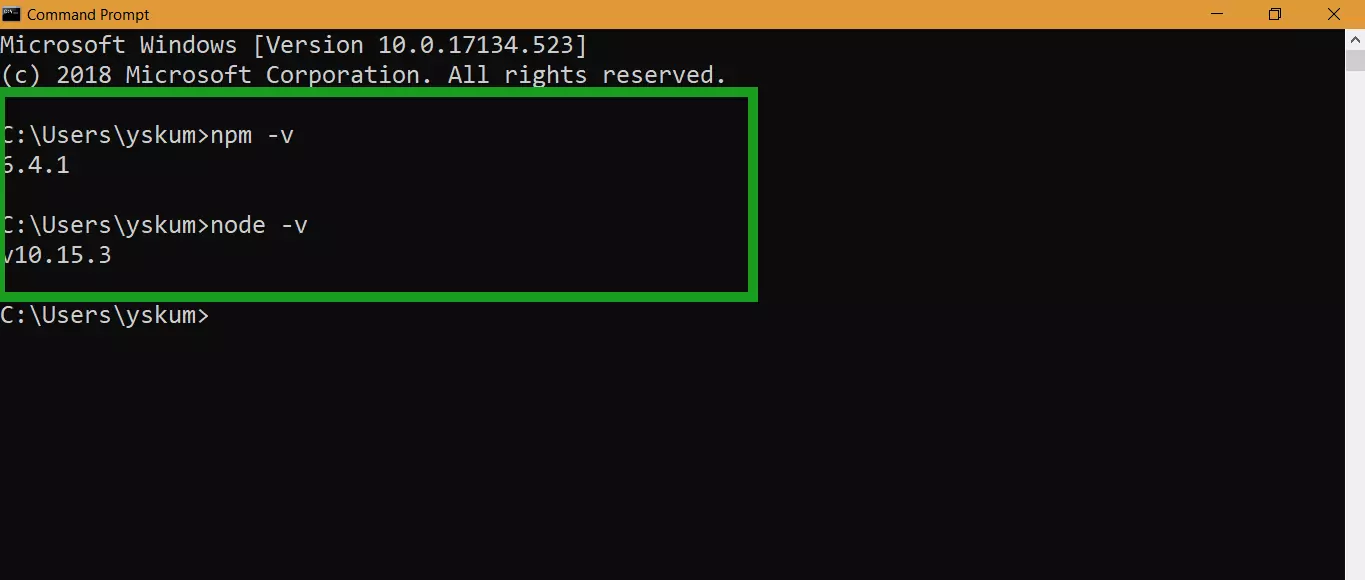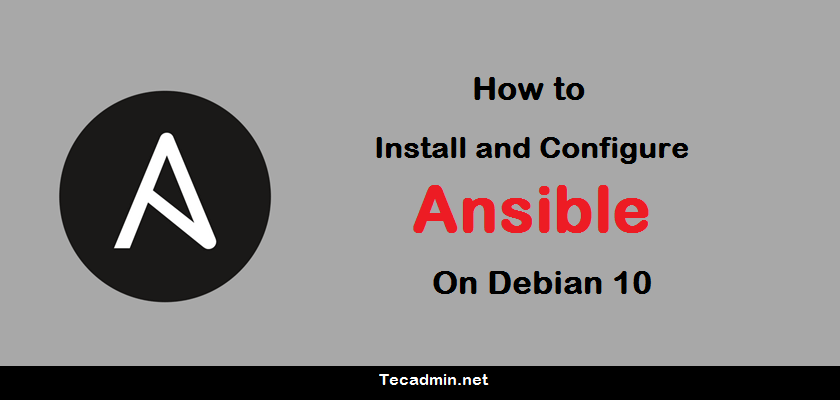


Systemctl enable rvice Step 3 – Install Node.js Next, update the repository and install MongoDB with the following command: apt-get update -yĪfter installing MongoDB, start the MongoDB service and enable it to start at system reboot: systemctl start rvice Next, add the GPG key and MongoDB repository with the following command: curl -fsSL | apt-key add -Īdd-apt-repository 'deb buster/mongodb-org/4.2 main' By default, MongoDB is not included in the Debian 10 default repository, so you will need to add the MongoDB repository to your server.įirst, install all the required dependencies with the following command: apt-get install dirmngr gnupg apt-transport-https software-properties-common ca-certificates curl -y apt-get update -y Step 2 – Install MongoDBįirst, you will need to install the MongoDB database on your server. Once you are logged in to your Debian 10 server, run the following command to update your base system with the latest available packages. Connect to your Cloud Server via SSH and log in using the credentials highlighted at the top of the page. Create a new server, choosing Debian 10 as the operating system with at least 2GB RAM. Step 1 – Create Atlantic.Net Cloud Serverįirst, log in to your Atlantic.Net Cloud Server. A root password configured on your server.A fresh Debian 10 server on the Atlantic.Net Cloud Platform.In this guide, we will show you how to install MEAN.JS on Debian 10. It uses a single programming language and can handle all aspects of an application. It provides a set of tools including MongoDB, Express, Angular, and Node.js for simplifying the development process. MEAN.JS is an open-source JavaScript framework used for developing web applications rapidly.


 0 kommentar(er)
0 kommentar(er)
